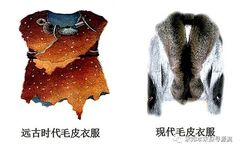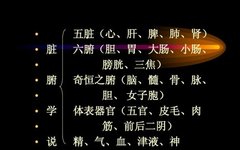Tracing the Origins of Chinese Characters (201): Light Fur and Its Inner Meaning
This article contains approximately4600words, reading time is about9minutes This account updates on even days, please follow us Tracing the Origins of Chinese Characters (201) Light Fur and Its Inner Meaning—Discussing “Fur” and “Surface” (Part One) Author: Zhu Yinggui The previous article discussed the character “Dai” (带), which is part of the idiom “light fur and … Read more









